Eat Your Way to Glowing Skin: The No-Fad, No-BS Guide
I’ve spent years in the wellness world, and if there’s one thing I’ve learned, it’s that trends are… well, trendy. One minute everyone’s chugging some miracle juice, the next they’re obsessed with a forgotten ancient grain. It’s exhausting.
In this article
But the real secret to lasting vitality and amazing skin isn’t found in a fancy bottle or a restrictive fad diet. It’s built from the ground up, one meal at a time. The food you eat is more than just calories; it’s a set of instructions that tells your body how to function, repair itself, and glow. That vibrant look, clear complexion, and steady energy you’re after? That’s just the outside reflecting a body that’s genuinely nourished on the inside.
So, this isn’t just another list of ‘beauty foods.’ Think of this as the foundational knowledge I share to help people understand why certain foods are so powerful. We’re going to get into the nitty-gritty of how they work, some pro-level prep techniques, and the real-world stuff—like what to watch out for. My goal is to give you the working knowledge to build a way of eating that supports you for good.

First, A Quick Look Under the Hood
Before we dive into the grocery list, let’s quickly cover a few key ideas. Understanding these concepts is like learning the fundamentals of cooking instead of just blindly following a recipe. It puts you in control.
Oxidative Stress: The Body’s Internal ‘Rust’
Every single day, your body is under attack from things like pollution, sunlight, and even just its own normal processes. This creates tiny, chaotic molecules called free radicals that bounce around inside your cells, causing damage. This damage is called oxidative stress, and over time, it’s a major player in aging. On your skin, it looks like fine lines, dullness, and a loss of that bouncy firmness.
The heroes of this story are antioxidants. They are stable molecules, found everywhere in plant foods, that neutralize these troublemakers. A diet rich in antioxidants gives your body a round-the-clock defense system against this internal ‘rusting.’ It’s why everyone is always telling you to eat your colorful fruits and veggies.
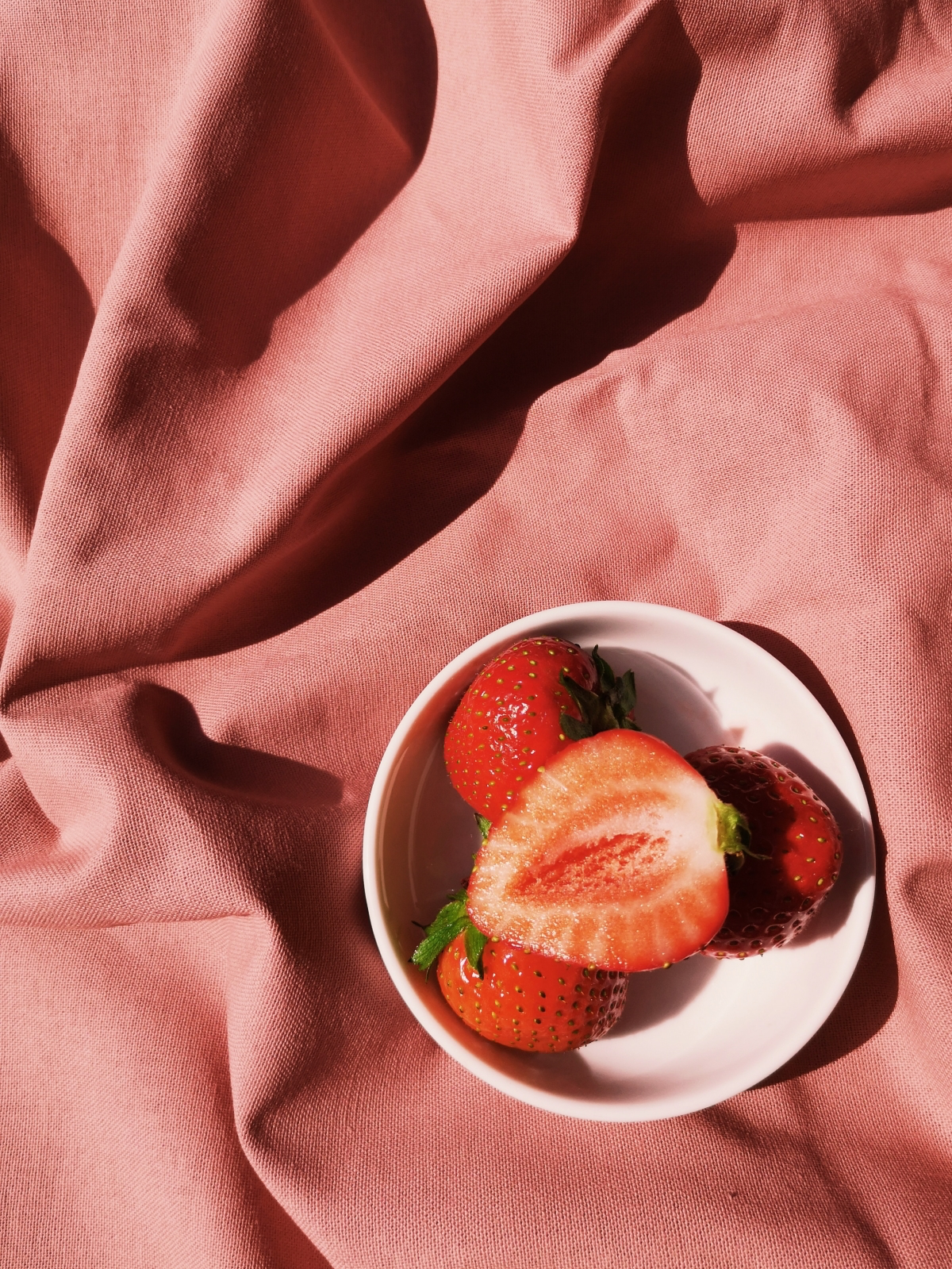
The Gut-Skin Axis: It’s All Connected
Your gut is basically a bustling city of trillions of microorganisms—your microbiome. When this city is peaceful and diverse, it helps you digest food, absorb nutrients, and keep your immune system in check. And now we have solid proof of the ‘gut-skin axis,’ a direct communication highway between your gut and your skin.
When your gut microbiome is out of whack, it can lead to inflammation that travels through your bloodstream and shows up on your face as acne, eczema, or rosacea. Seriously, when clients come to me with stubborn skin issues, the very first place we look is their digestion. A happy gut often means happy skin.
Collagen: Your Skin’s Scaffolding
Collagen is the main protein that gives your skin its structure and firmness. Think of it as the scaffolding that holds the whole building up. Our bodies naturally make less of it as we get older, and things like too much sun or sugar can speed up that decline.
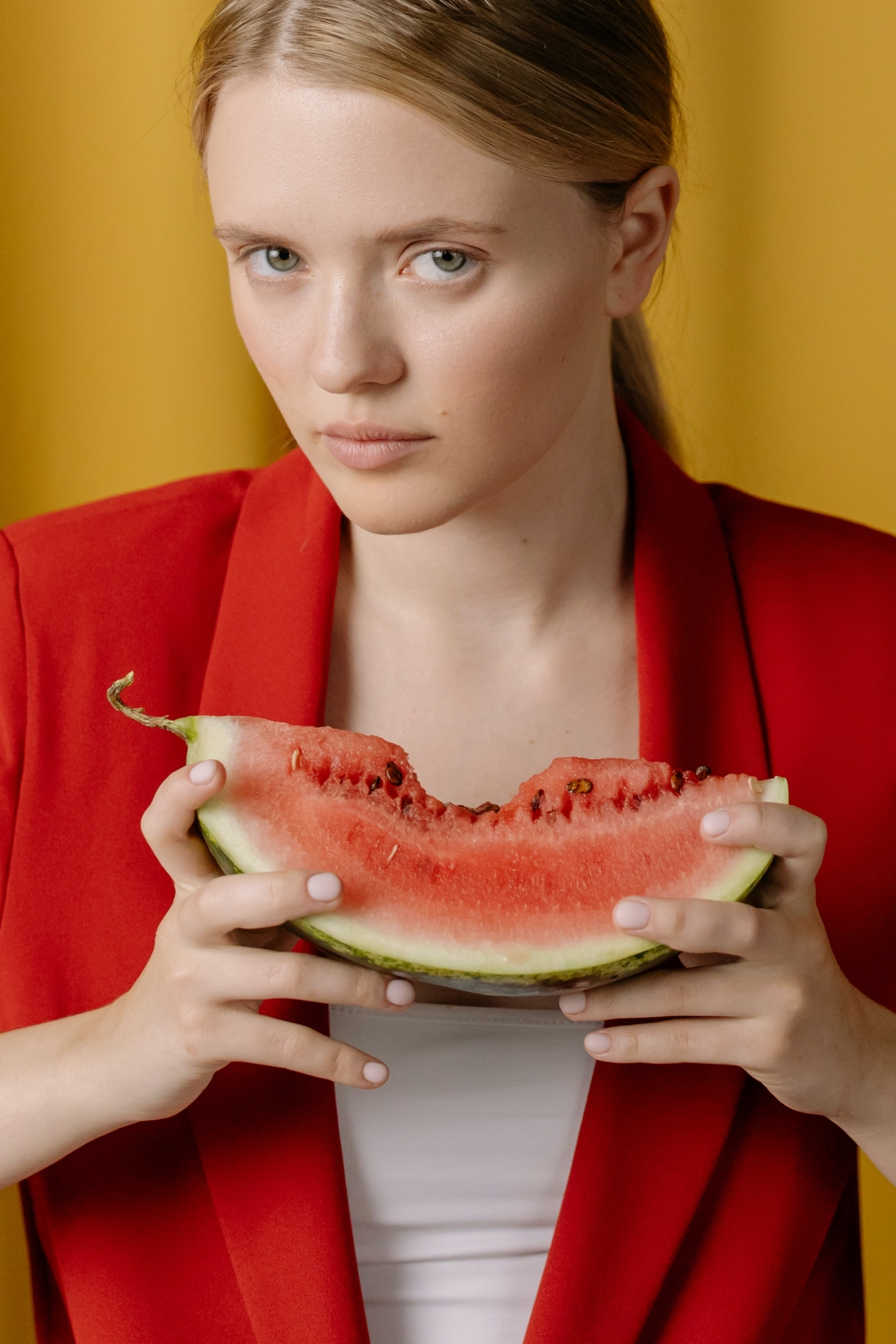
Here’s the thing, though: you can’t just eat a scoop of collagen powder and expect it to magically appear on your face. Your body has to build its own. For that, it needs the right building blocks. The most important one is Vitamin C, which is absolutely critical for forming strong, stable collagen. It also needs amino acids from protein-rich foods. Supporting your body’s own production is a much smarter strategy than just relying on expensive creams.
The Core Four Food Groups for Amazing Skin
Okay, let’s put that science into action. Here are the food groups that should be the bedrock of your diet, plus some real-world tips on how to choose, prep, and afford them.
1. Cruciferous Veggies: The Detox Powerhouses
What they are: This is the family of broccoli, cauliflower, kale, cabbage, and Brussels sprouts.
Why they work: These veggies contain a superstar compound called sulforaphane, which helps your liver’s detoxification pathways run more smoothly. A less-burdened liver often translates to clearer skin. They’re also loaded with Vitamin C for collagen building and Vitamin K for healing.
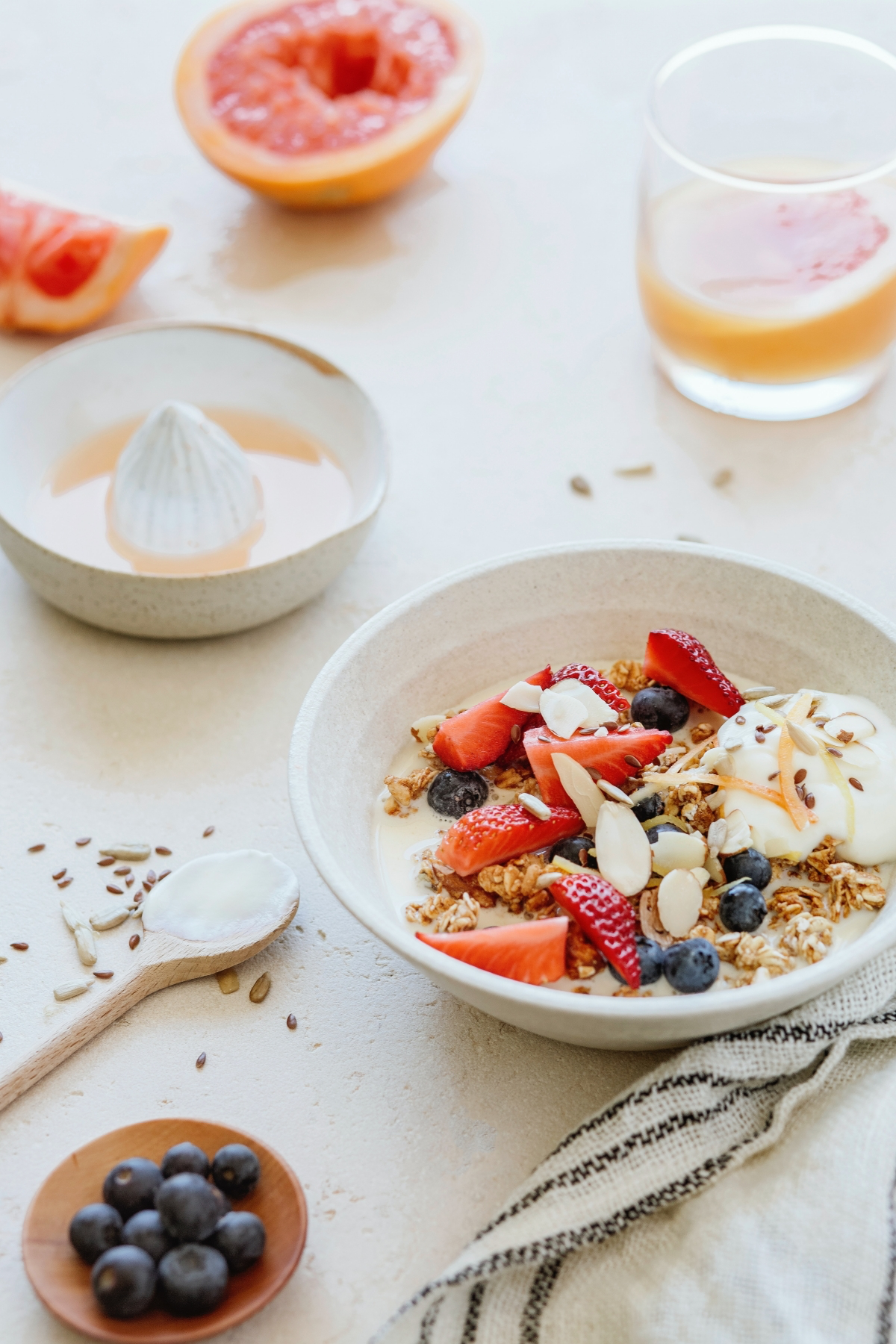
Pro-Tip Exposed: To get the most bang for your buck, you have to prep them right. The magic happens when you chop or chew these veggies, which activates an enzyme. But high heat kills that enzyme! The best method? Chop your broccoli or kale and let it sit on the cutting board for 30 minutes before you cook it. This gives the healthy compounds time to form. Then, a light steam or quick sauté is all you need.
My 5-Minute Lemony Broccoli: Need a go-to recipe? This is it. Steam chopped broccoli for 4 minutes until it’s bright green. Toss it in a bowl with a tablespoon of good olive oil, a big squeeze of lemon juice, a pinch of red pepper flakes, and some salt. Done. It’s delicious and takes no time at all.
Splurge vs. Save:
• Splurge: A bag of pre-washed, organic kale or broccoli florets from Whole Foods for about $5-$6.
• Save: A whole head of green cabbage for $2-$3. It lasts forever in the fridge and is amazing when shredded for slaws or sautéed.
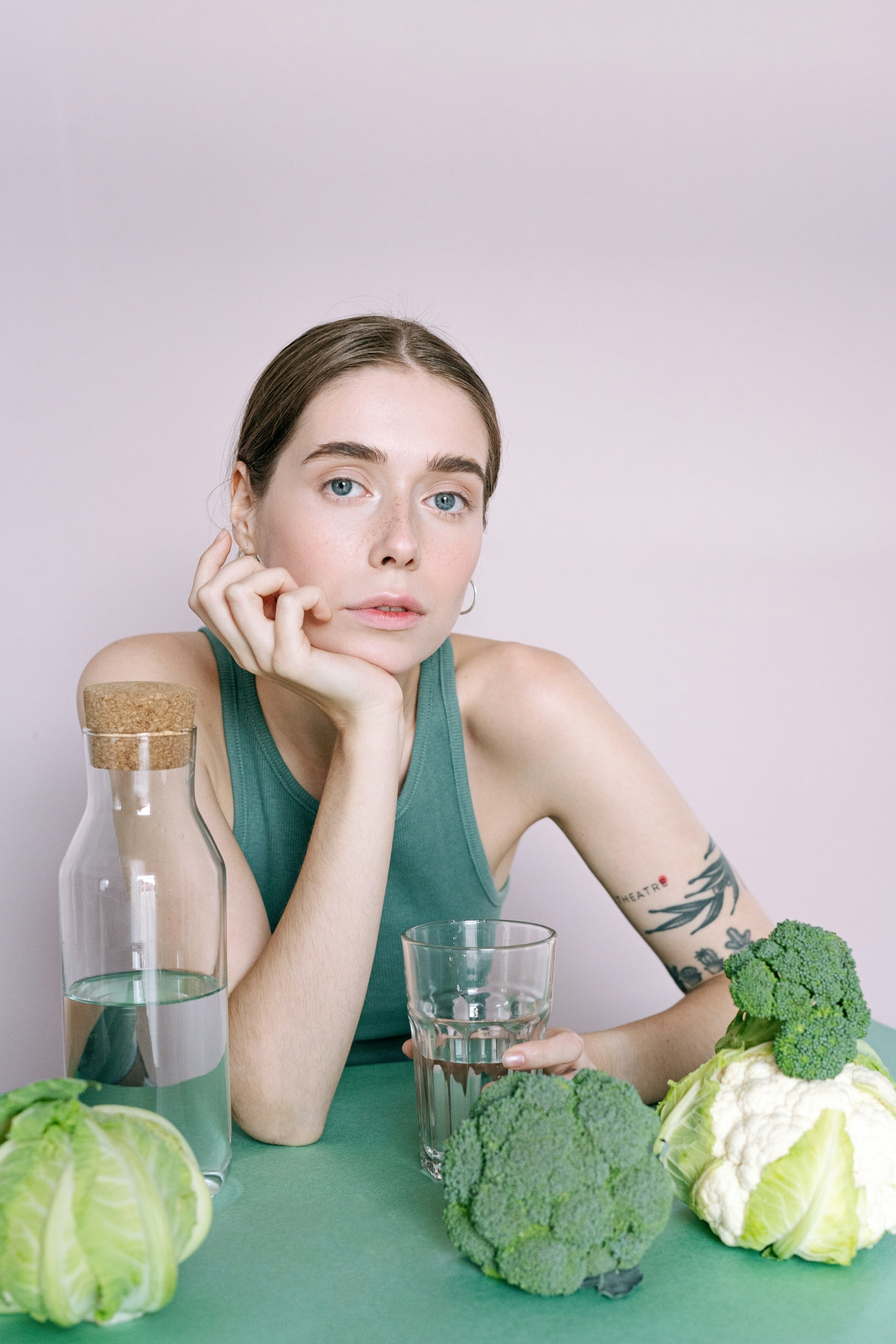
Heads up! These veggies contain goitrogens, which can affect thyroid function in very large amounts, especially when raw. For most people, it’s a non-issue. But if you have a known thyroid condition, it’s best to cook them well and not go overboard.
2. Leafy Greens: The Mineral-Rich Cleansers
What they are: Spinach, Swiss chard, arugula, romaine, and collard greens.
Why they work: Greens are packed with magnesium (nature’s chill pill), folate for cell repair, and antioxidants that can help protect your skin from UV damage. That deep green color comes from chlorophyll, which is great for oxygenating your system.
Pro-Tip Exposed: Here’s a non-negotiable rule: never eat your greens naked. Many of their best vitamins (like Vitamin K and A) are fat-soluble, meaning your body can’t absorb them without fat. A simple dressing with high-quality olive oil isn’t just for flavor—it’s for nutrition.
Splurge vs. Save:
• Splurge: A clamshell of organic baby arugula or spinach for $4-$5.
• Save: A big bunch of conventional Swiss chard or collard greens for about $2. A single bunch can provide side dishes for days.
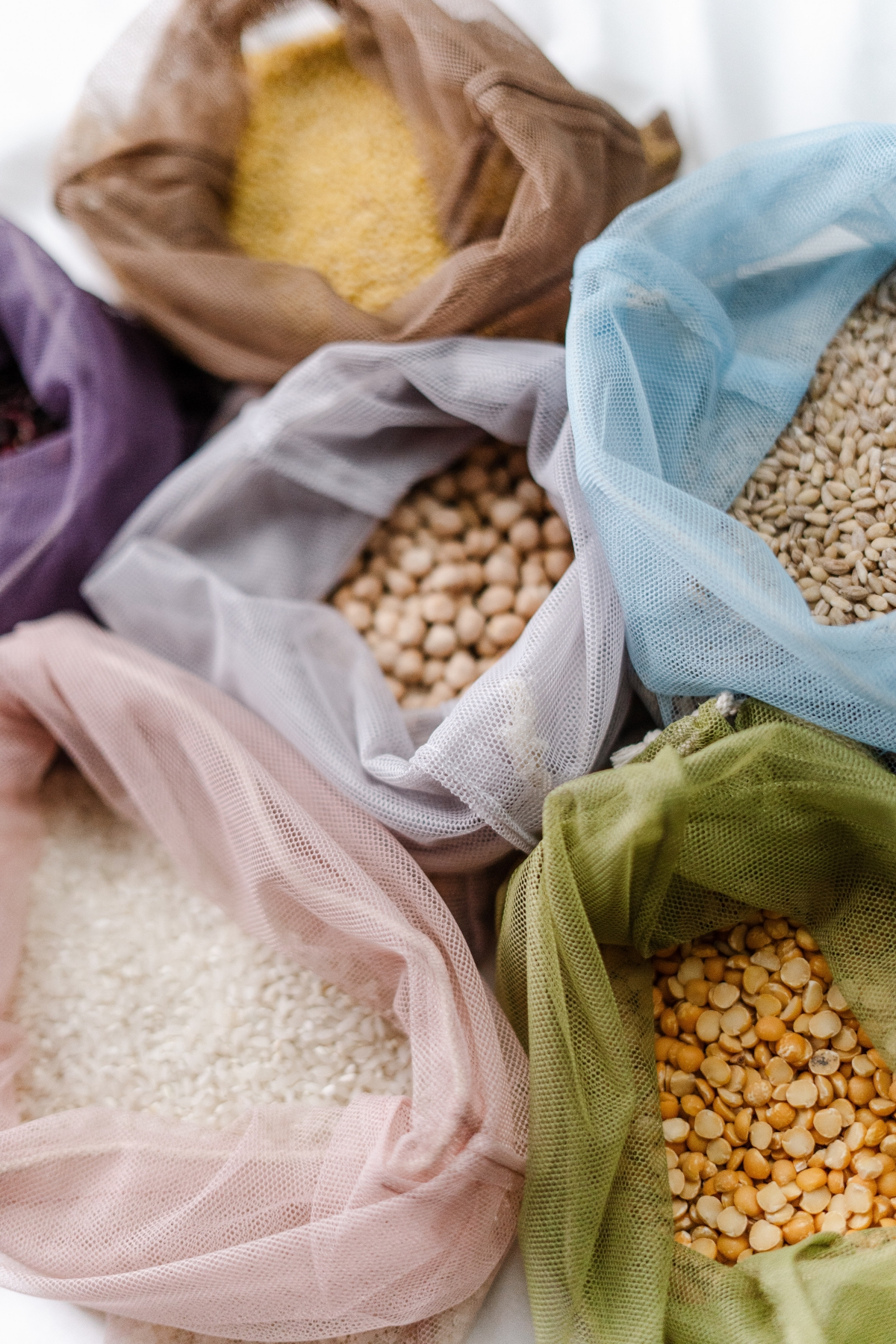
Listen up: Some greens, like spinach and Swiss chard, are high in oxalates, which can be an issue for people prone to kidney stones. If that’s you, try rotating your greens and lightly steaming them, which can reduce the oxalate content. Also, if you’re on blood-thinning medication, you need to keep your Vitamin K intake consistent, so chat with your doctor before suddenly eating tons of kale.
3. Berries & Deeply Colored Fruits: The Antioxidant Army
What they are: Blueberries, strawberries, raspberries, blackberries, and pomegranates.
Why they work: That gorgeous red, blue, and purple color comes from antioxidants called anthocyanins. These are particularly amazing at protecting your skin’s collagen from damage. Berries are also high in fiber and relatively low in sugar, so they won’t send your blood sugar on a roller coaster.
Pro-Tip Exposed: My not-so-secret weapon? The freezer aisle. Berries are often frozen at their peak ripeness, locking in more antioxidants than the ‘fresh’ ones that have traveled for a week to get to your store. A big bag usually costs between $8 and $12 and lasts for weeks.
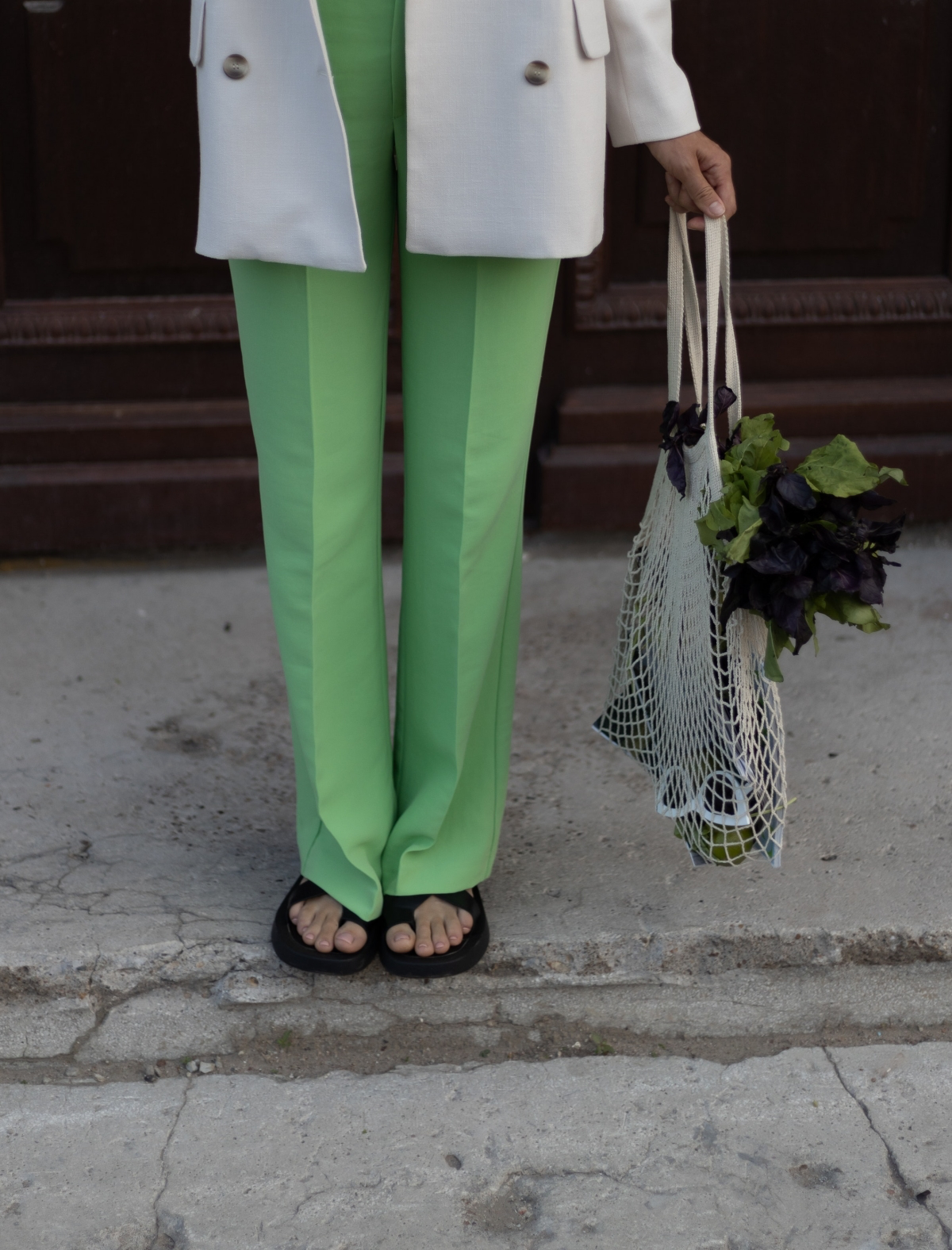
Splurge vs. Save:
• Splurge: Fresh, organic raspberries in the middle of winter. Pricey, but a wonderful treat.
• Save: A large bag of frozen mixed berries from Costco or your local supermarket. Perfect for smoothies.
Good to know: Soft-skinned fruits like strawberries can have higher pesticide residues. If you can, try to buy these organic. If not, just be sure to wash them really, really well.
4. Healthy Fats: The Moisture Supporters
What they are: Avocados, olive oil, nuts (almonds, walnuts), and seeds (flax, chia, hemp).
Why they work: Your skin has a protective barrier made of fat that keeps moisture in and irritants out. A diet low in healthy fats can lead to dry, flaky skin. Omega-3s from walnuts and flax are also powerfully anti-inflammatory, calming things like acne from the inside.
Fat-o-Pedia: Which Oil to Use When. It’s simple, really. For high-heat cooking like searing, you want a stable oil like avocado oil. For general, medium-heat sautéing and baking, a good extra virgin olive oil works beautifully. And for the most delicate oils, like flaxseed, you want zero heat—use it only for salad dressings or drizzling over your food right before you eat.
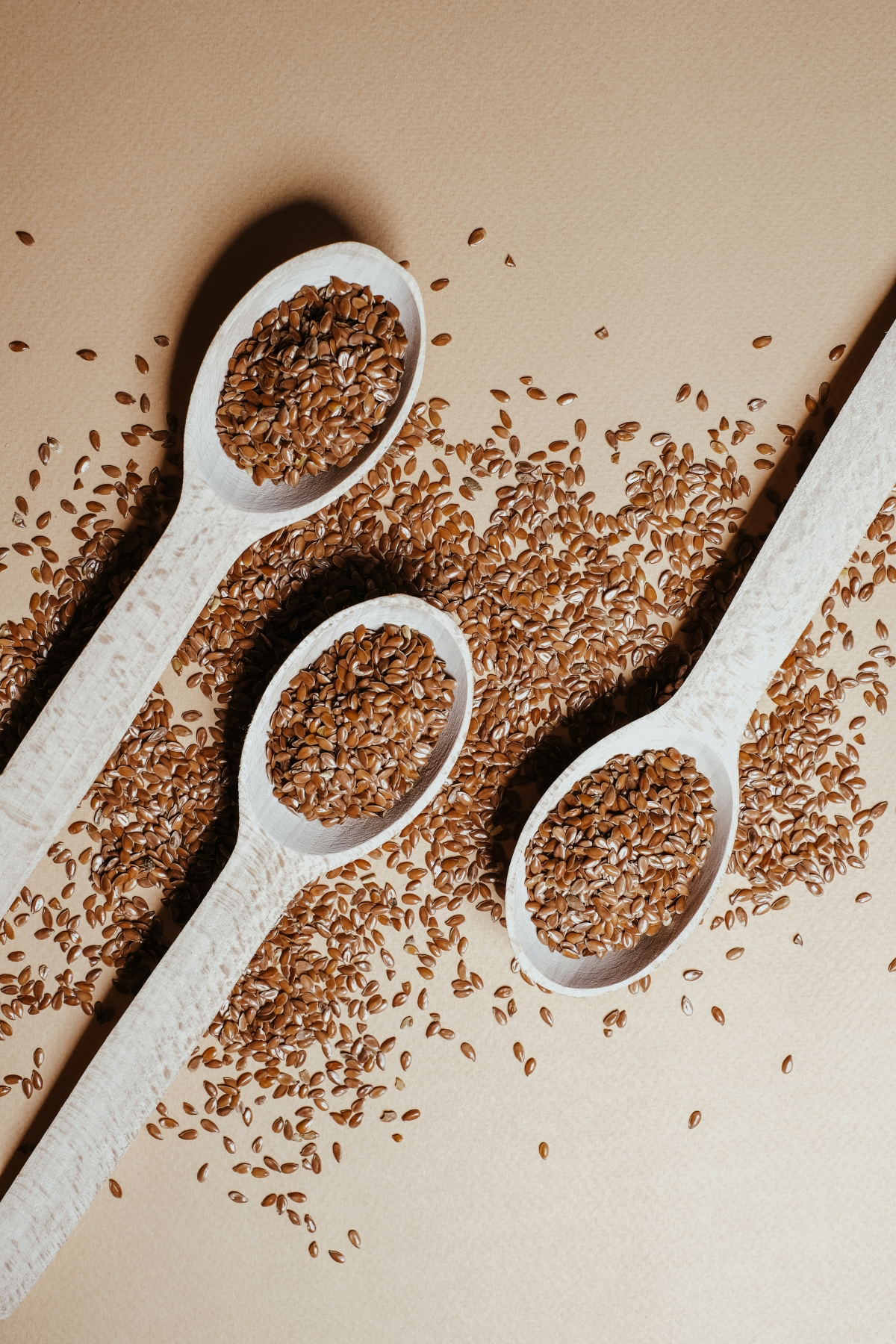
Your Daily Fat Checklist (aim for 2-3): • A quarter of an avocado • A tablespoon of olive oil in your salad dressing • A tablespoon of ground flaxseed in your oatmeal or smoothie • A small handful (about 12-15) of almonds or walnuts
Splurge vs. Save:
• Splurge: A fancy, cold-pressed, single-origin extra virgin olive oil for finishing dishes.
• Save: A big bag of raw sunflower seeds or chia seeds. They are nutritional powerhouses and very affordable.
A common mistake: Not soaking your nuts! I know, I know, who has time for that? But trust me, soaking raw nuts in water for a few hours and then rinsing them makes them so much easier to digest. It’s the one step my clients say makes the biggest difference.
5. Quality Protein: The Repair Crew
What they are: Legumes (lentils, chickpeas), wild-caught fish (especially salmon), pasture-raised eggs, and quinoa.
Why they work: Protein provides the amino acids your body needs to build everything, especially collagen for your skin and keratin for your hair and nails. If you’re not eating enough, your body will ration it, and your skin is one of the first places to lose out.
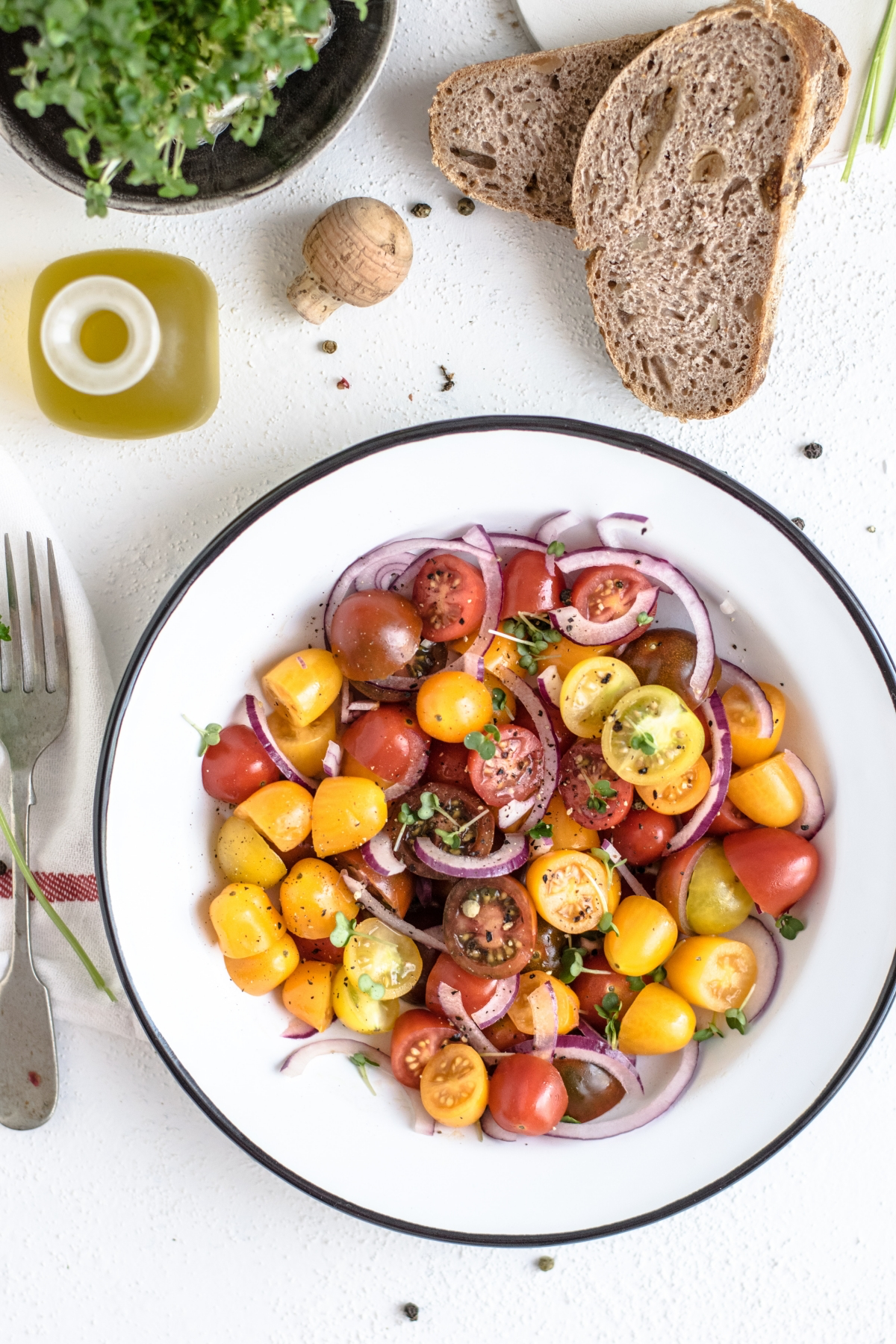
Pro-Tip Exposed: To make beans and lentils easy on your gut, preparation is key. Always try to soak dried beans overnight. Just cover them with water and a splash of vinegar, then drain and cook in fresh water the next day. This helps break down the compounds that can cause bloating. And yes, canned beans are fine! Just give them a good rinse to get rid of extra salt.
Splurge vs. Save:
• Splurge: Wild-caught salmon, which can run $20-$30 per pound.
• Save: Canned sardines or a bag of dried lentils. A can of sardines costs about $2-$3 and is packed with protein and omega-3s. A bag of lentils is under $5 and can make a giant, hearty soup.
Ready for the Next Level?
Once you’ve got the foundations down, you can layer in these supporting players for an even bigger impact.
Fermented Foods: Things like plain Greek yogurt, kefir, sauerkraut, and kimchi introduce good bacteria (probiotics) into your gut. They actively help build a healthier microbiome.
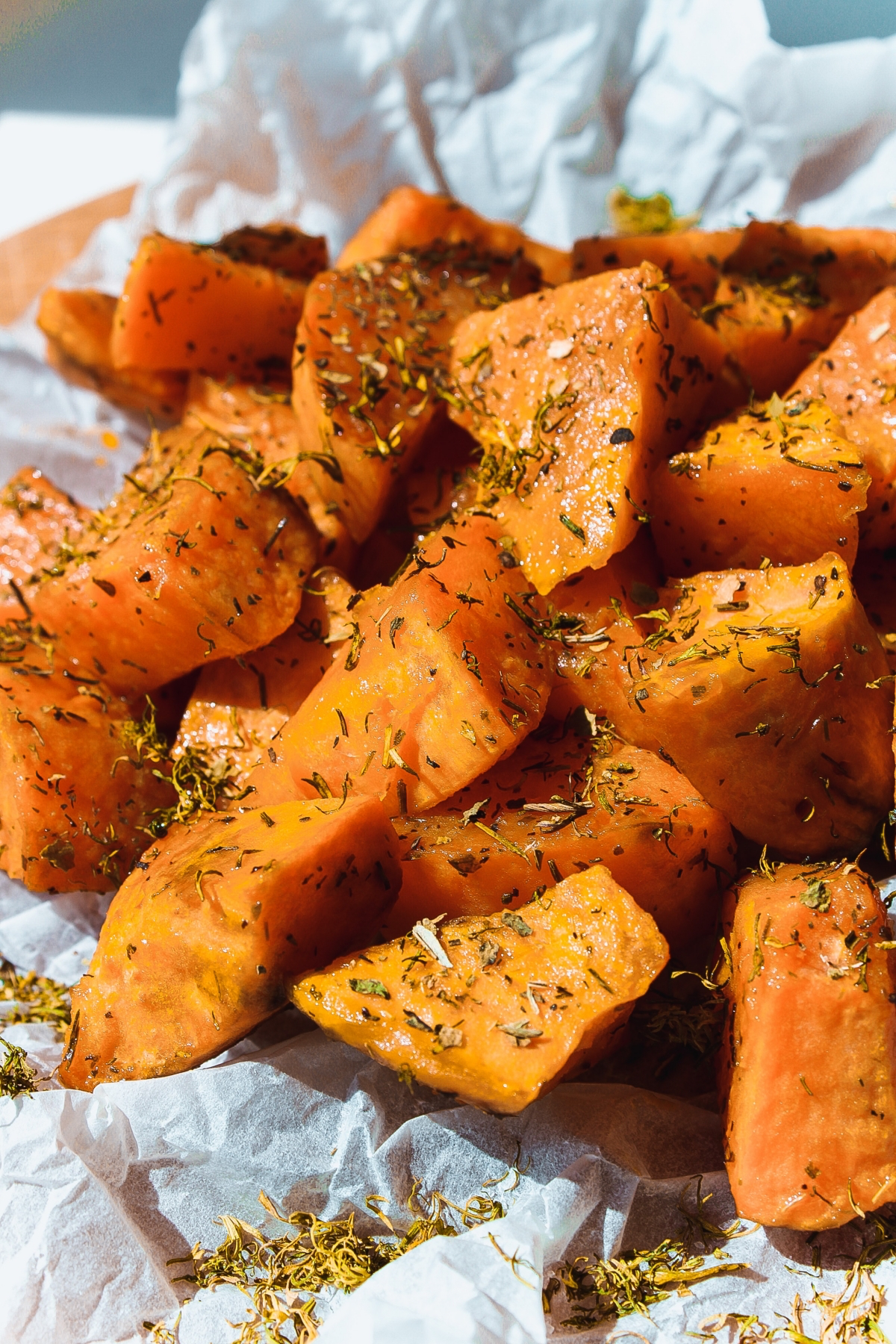
Beginner’s Challenge: Feeling overwhelmed? Here’s your mission for this week. Just add ONE fermented food to your diet. A spoonful of sauerkraut with dinner. A small glass of kefir in the morning. That’s it. See how you feel.
Herbs and Spices: Don’t sleep on your spice rack! Turmeric is a potent anti-inflammatory (always add a pinch of black pepper to boost its power). Ginger is fantastic for digestion. Fresh herbs like parsley and cilantro are packed with nutrients.
Hydration Is Key: And I’m not just talking about water, which is non-negotiable for plump skin. Green tea is a fantastic upgrade. It’s full of antioxidants that help protect skin from sun damage. For the best brew, use hot but not boiling water and steep for only 2-3 minutes to avoid bitterness.
Putting It All Together & Being Realistic
So, what does this actually look like in a real day? It’s simpler than you think. Maybe breakfast is oatmeal with berries and flax seeds. Lunch could be a huge salad with leafy greens, chickpeas, and an olive oil vinaigrette. For dinner, perhaps a small piece of salmon with that 5-minute lemony broccoli and a side of quinoa.
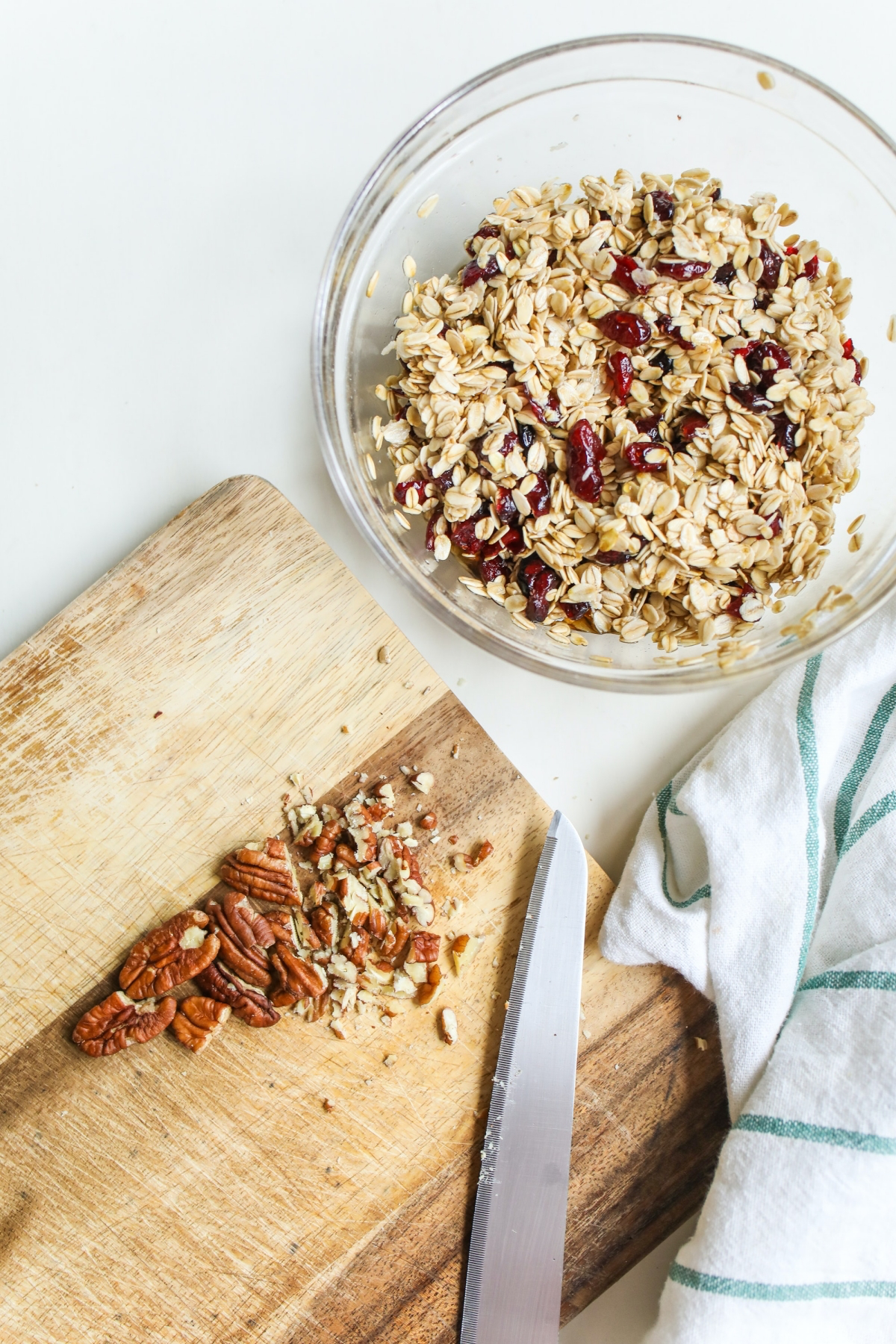
And please, be patient with yourself. You’re playing the long game here. Don’t expect an overnight miracle. It takes at least 3-4 weeks for your body to start building new, healthy skin cells. The glow you’ll see in the mirror is the result of consistent, kind choices.
Finally, remember that your body is unique. A food that makes one person thrive might not work for you. Listen to your body—it’s your best guide.
(Oh, and by the way, this is all foundational knowledge, not medical advice. If you have a serious health condition or are on medication, please chat with your doctor or a Registered Dietitian before making big changes. They can help you create a plan that’s safe and perfect for you.)
Galerie d’inspiration
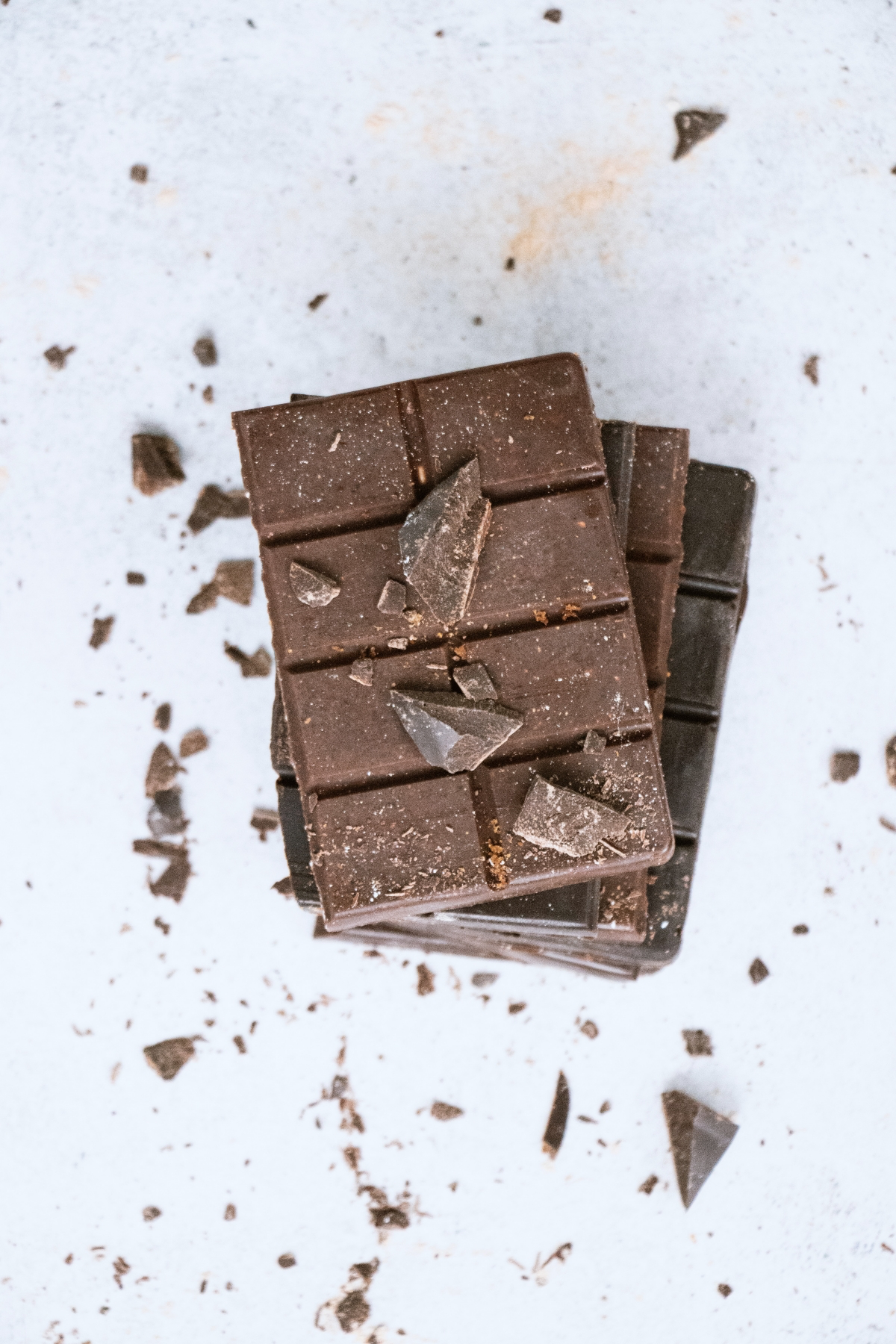
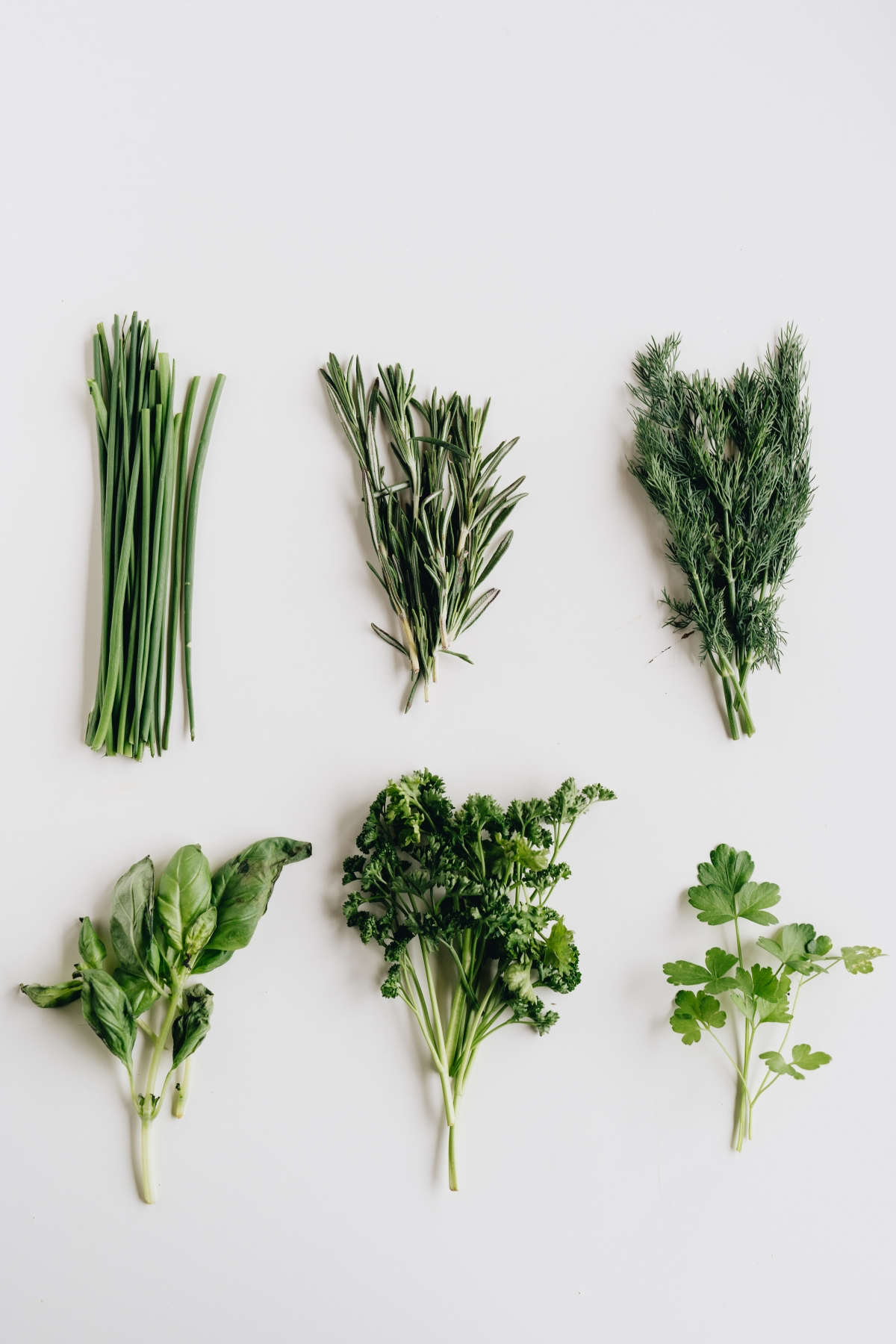
- Swap your morning bagel for a slice of true sourdough bread; its fermentation process makes nutrients more available and is gentler on the gut.
- Instead of a sweetened latte, try a matcha tea made with unsweetened almond milk for a dose of the potent antioxidant EGCG.
- Trade sugary low-fat yogurt for full-fat, plain Greek yogurt and top with fresh berries for probiotics and polyphenols.
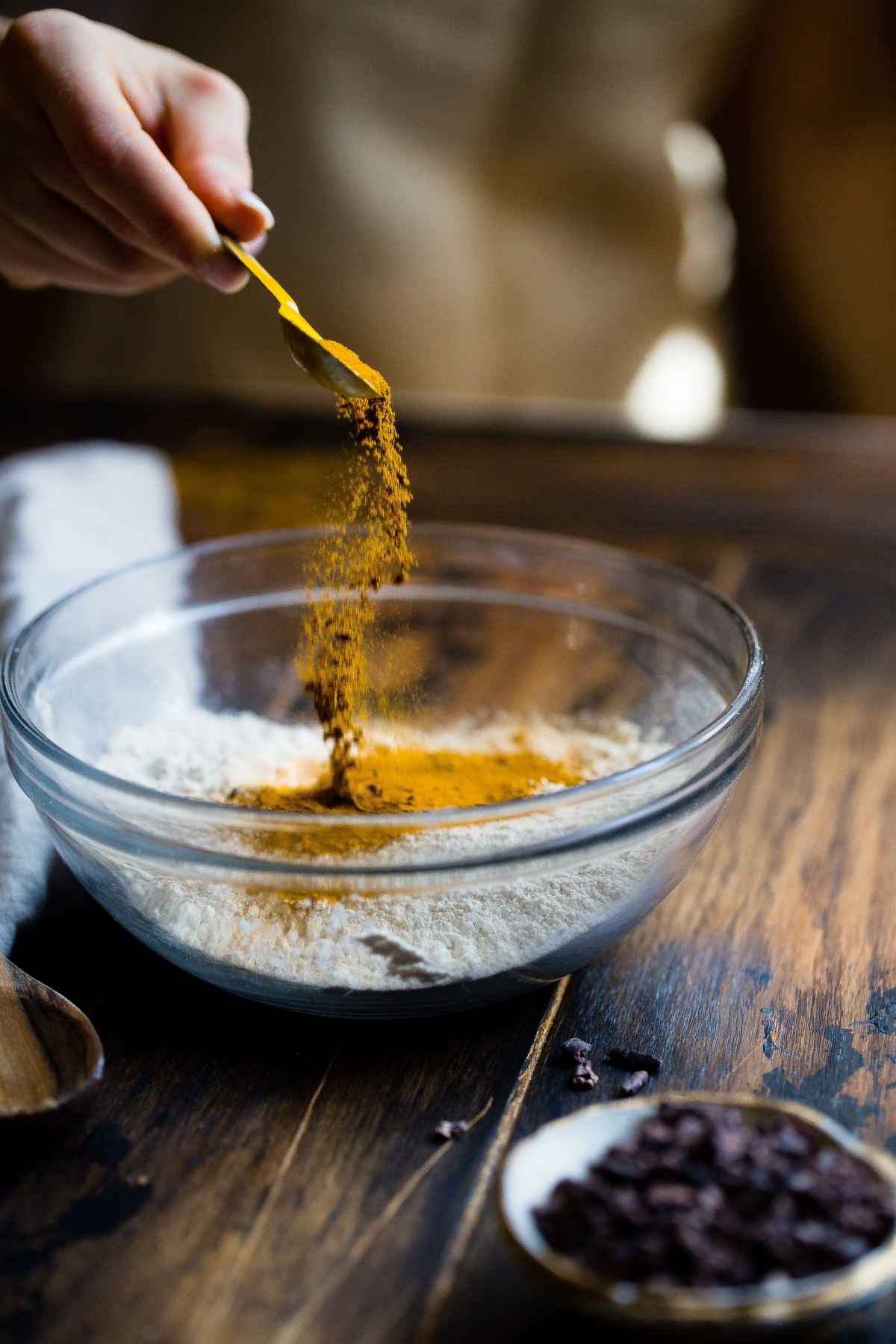
Did you know that your body cannot produce collagen without Vitamin C?
It’s not just for fighting colds. This powerful antioxidant is a crucial co-factor in the synthesis of collagen, the protein that gives your skin its structure and bounce. Eating bell peppers, broccoli, strawberries, and citrus fruits provides the essential building blocks for firm, resilient skin from the inside out.
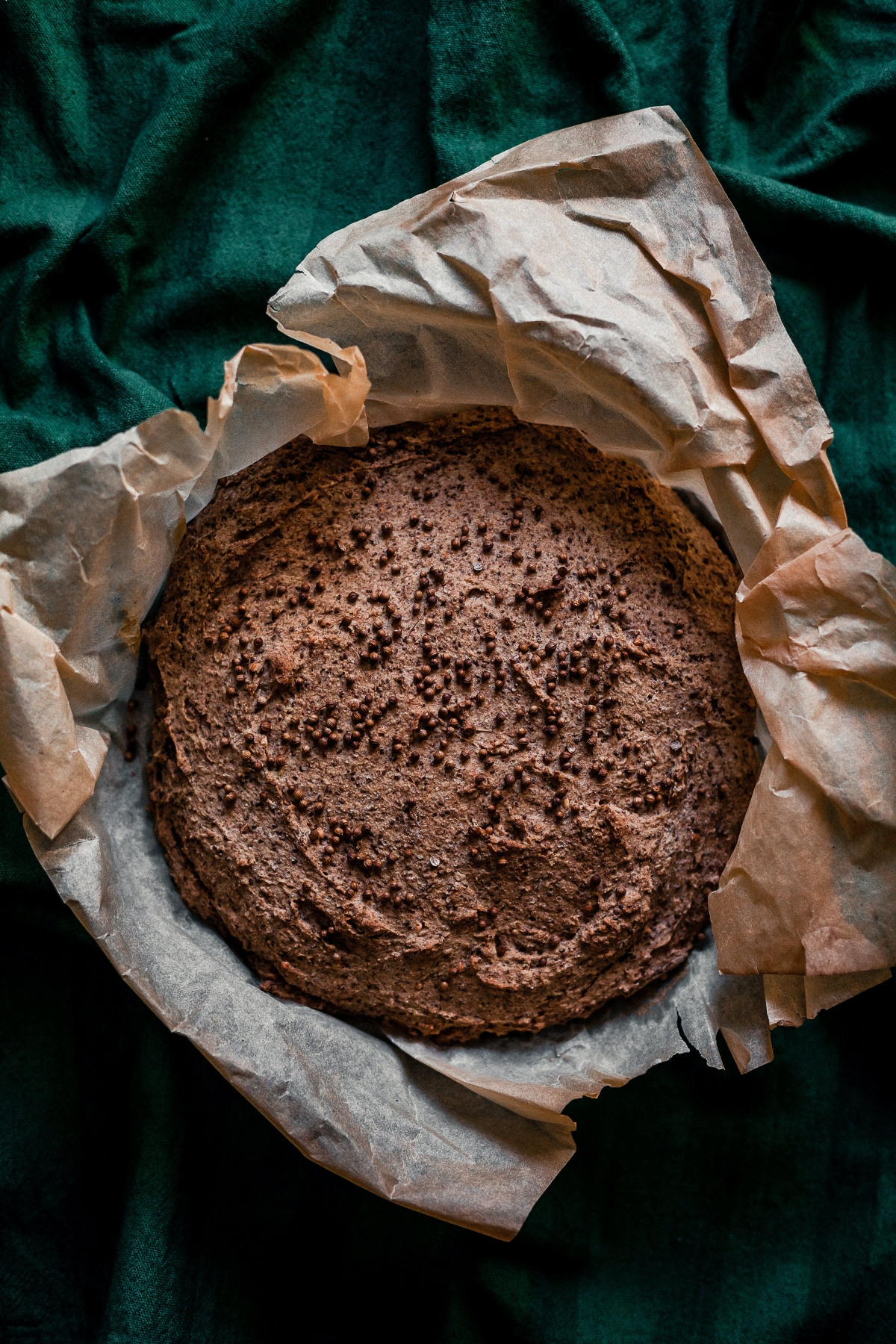
So, can I just take a collagen supplement and call it a day?
While quality hydrolyzed collagen powders, like those from Vital Proteins or Ancient Nutrition, can be beneficial, they aren’t a magic bullet. Think of them as a booster, not a replacement. Your body still needs the Vitamin C from kiwis, zinc from pumpkin seeds, and copper from shiitake mushrooms to effectively use that supplemental collagen and build its own strong skin matrix.
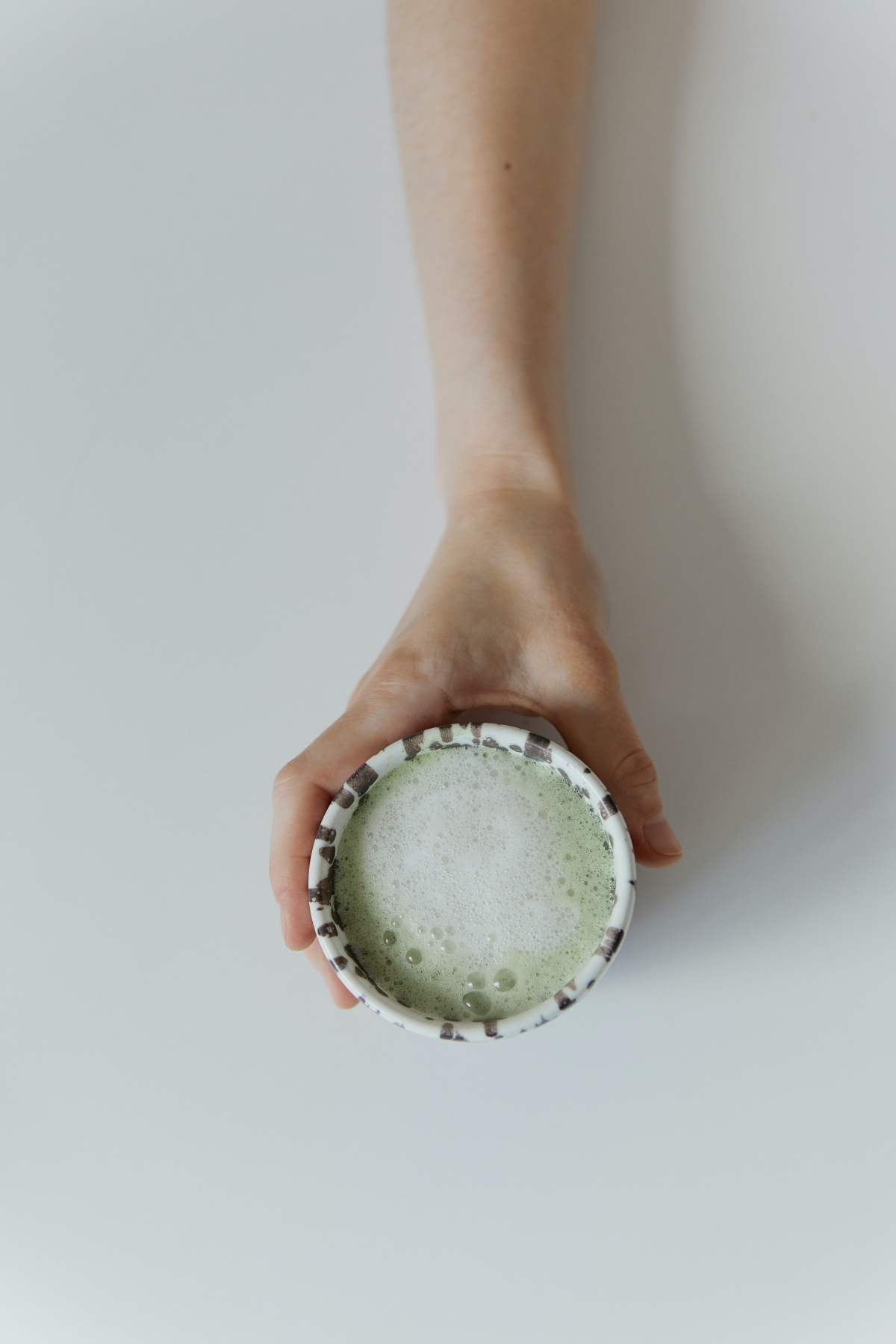
A word on hydration: Drinking water is non-negotiable, but ‘eating’ your water is a game-changer. Water-rich foods like cucumber (96% water), watermelon, and celery deliver hydration packaged with vitamins and minerals, which helps your cells absorb it more effectively than chugging a bottle on its own.

Omega-3 Fats: Found in salmon, chia seeds, and walnuts, these are the ultimate skin soothers. They are highly anti-inflammatory, helping to calm conditions like acne and eczema and fortifying the skin’s lipid barrier.
Omega-6 Fats: Present in many vegetable oils and processed foods. While some are necessary, an excessive intake compared to Omega-3s can promote inflammation. The goal isn’t elimination, but a decisive shift in balance towards Omega-3s for a calmer complexion.
As dermatologist Dr. Jessica Wu famously stated, “I can tell what a woman eats by looking at her skin.” It’s a powerful reminder that our daily food choices are quite literally written on our faces.










